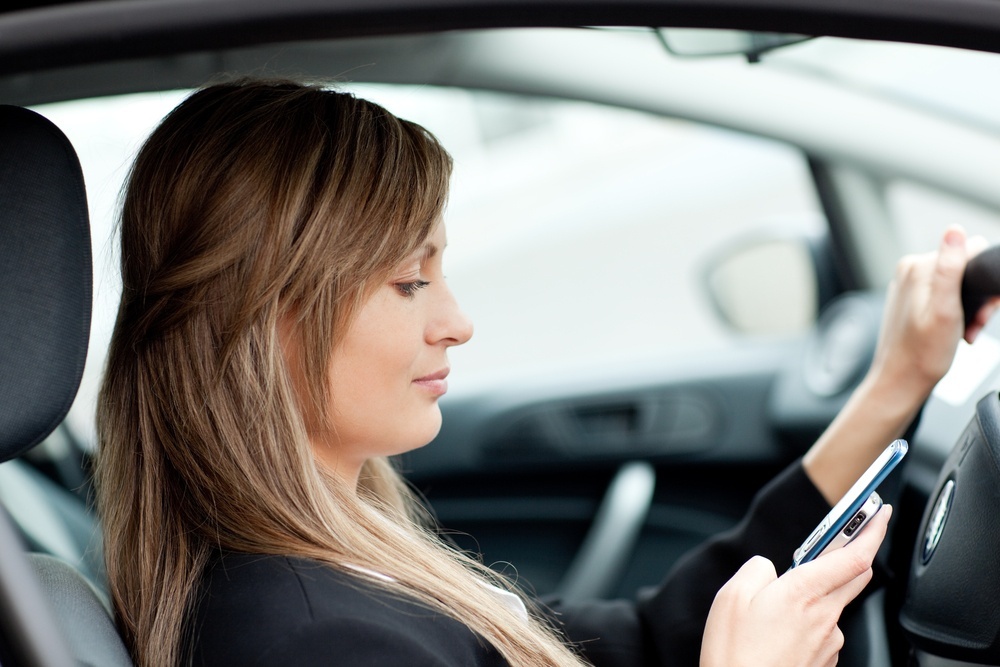
Distracted driving and, more specifically, the use of electronic devices behind the wheel (not only smartphones used for phone calls, but also portable devices such as tablets to check news or social media) have become increasingly scrutinised with the new flood of technology. However, while this highly unsafe behaviour has been condemned, stats and number speak a different language: distracted driving is a dangerous activity; it is widespread and still needs to be addressed.
According to recent research carried out by IPSOS Mori on behalf of Aviva, four out of five (84%) of Irish drivers admit to using electronic devices or consulting maps while driving. When it comes to sending text messages while at the wheel, a quarter (26%) of Irish drivers admit to this offence. Almost half (45%) of Irish drivers admit to making phone calls behind the wheel without a hands-free kit and 15% admits checking their social media.
Speaking about the findings, Michael Bannon, Underwriting Manager with Aviva Motor Insurance, said: “It is shocking to find that so many drivers are taking such risks, given all that we know about road safety. Just a split second of distraction or lapse in concentration can result in death on the road. Technology has revolutionised our lives for the better in very many respects but, when it comes to road safety, its ability to distract can prove lethal.”
Things are not any better in the UK: new data published through Fleet News in August suggests that 70,945 penalties were issued to drivers caught using their mobile phone or a similar electronic device behind the wheel in 2016. According to the same source, the DVLA has issues a CU80 (endorsement described by the DVLA as a breach of requirements as to control of the vehicle, such as using a mobile phone. This penalty code must stay on a driving record for four years from the date of the offence), and this applies for the 70,945 penalties issued last year.
In this climate, where the distracted driving problem has been anything but solved, one company has taken the initiative to provide a technological solution: the next version of the standard software bundled on Apple’s iPhones will include a feature that detects driving and then blocks distracting notifications including calls and messages. The overridable feature, known as ‘Do Not Disturb While Driving’, will operate automatically once the phone’s owner has opted-in to the feature and then as soon as the phone detects driving.
But this is actually something companies need to tackle with education and risk assessment: the HSA encourages a series of initiatives targeting education, prevention, assessment and company policies and encourages anyone responsible for a fleet to answer to the following:
1. How are you managing the risk of distracted driving for those who drive for work?
2. Have you covered distraction as a key risk in your driving for work risk assessment?
3. What does your safety management system say about how to prevent distracted driving?
4. What more can you do to prevent your employees driving distracted?
How would you answer these questions?



